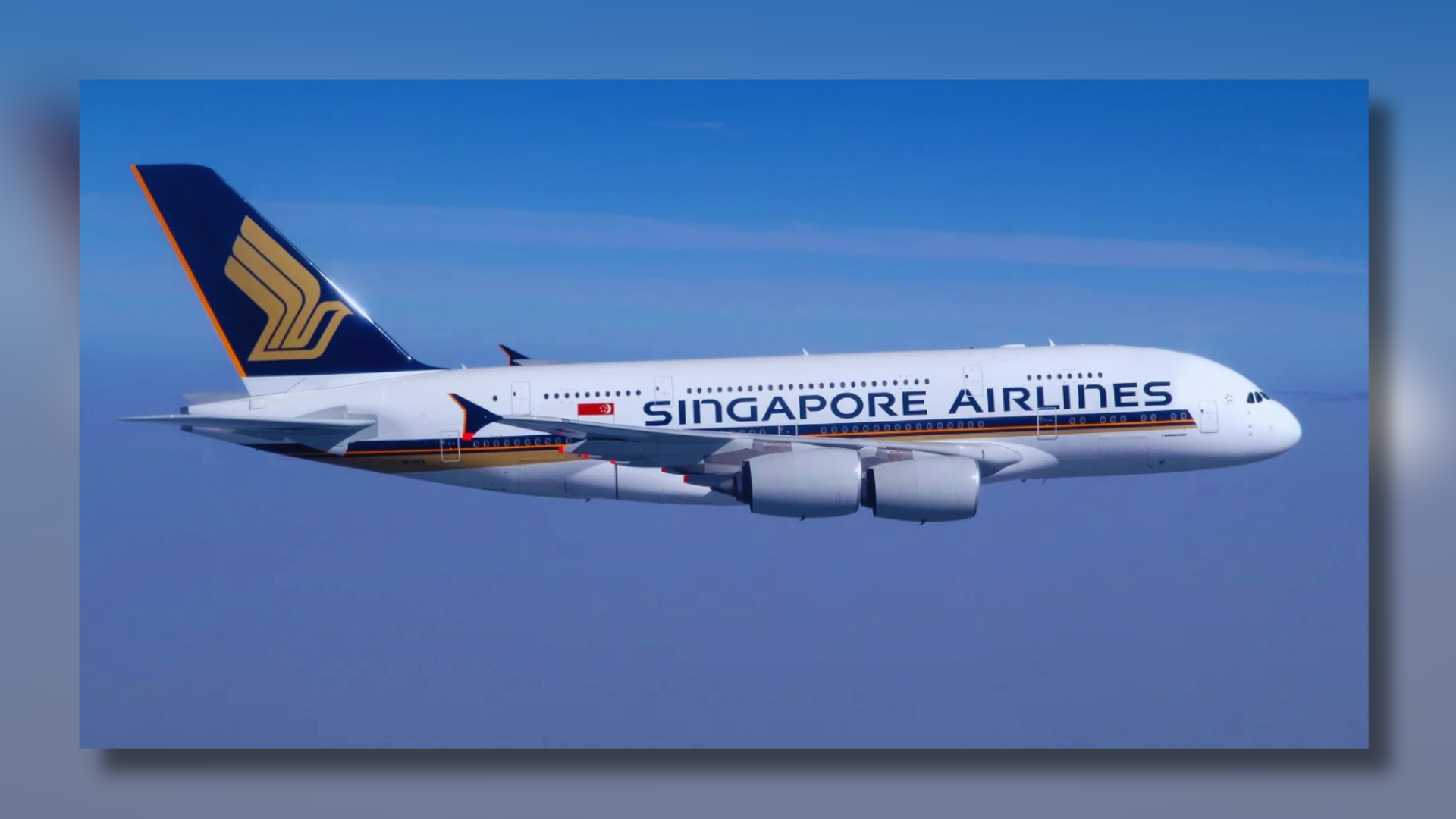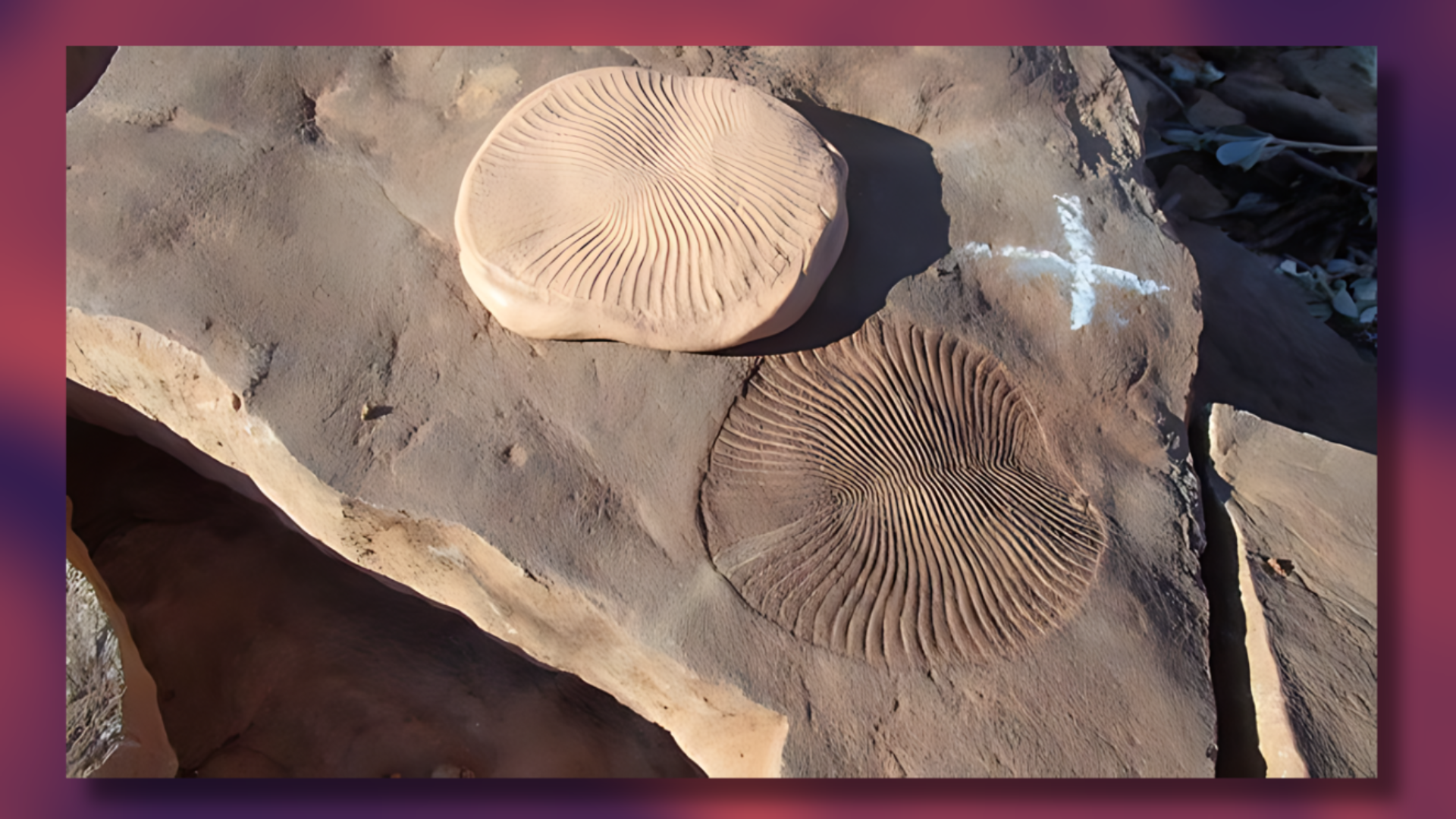








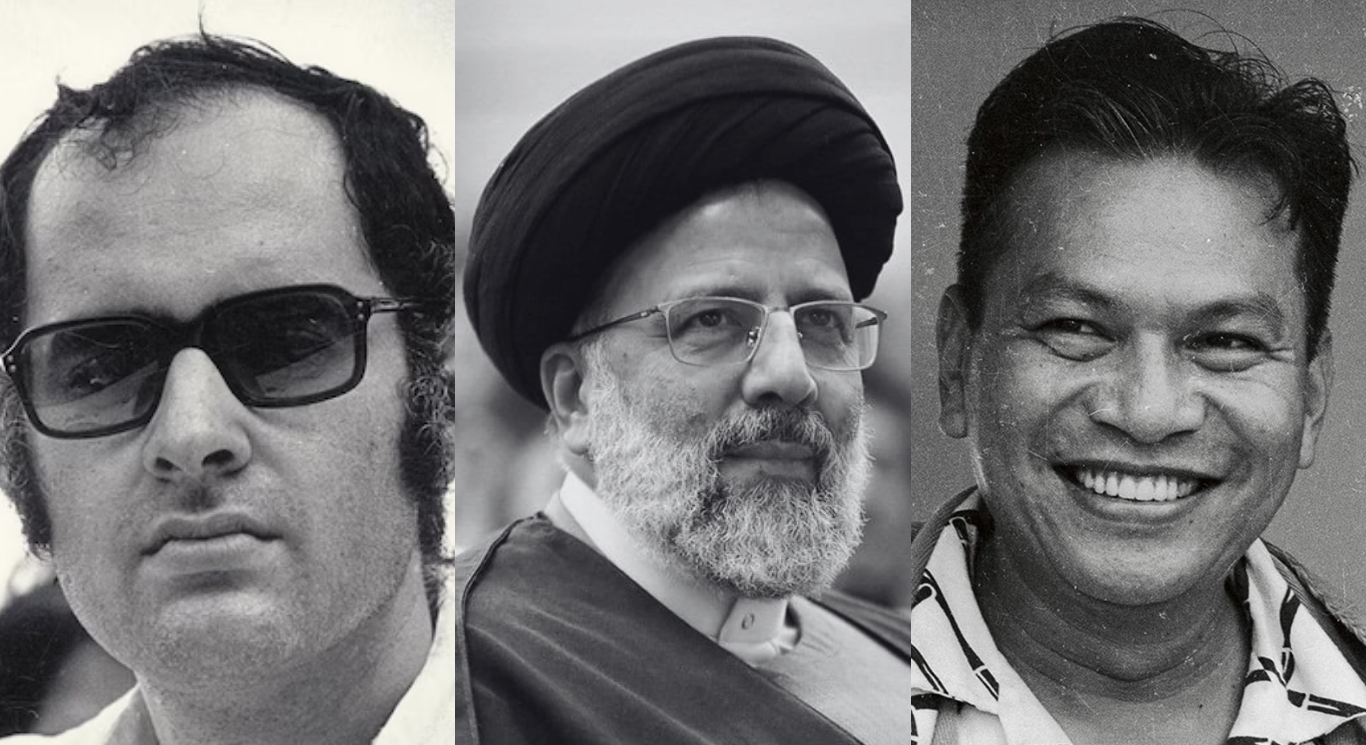
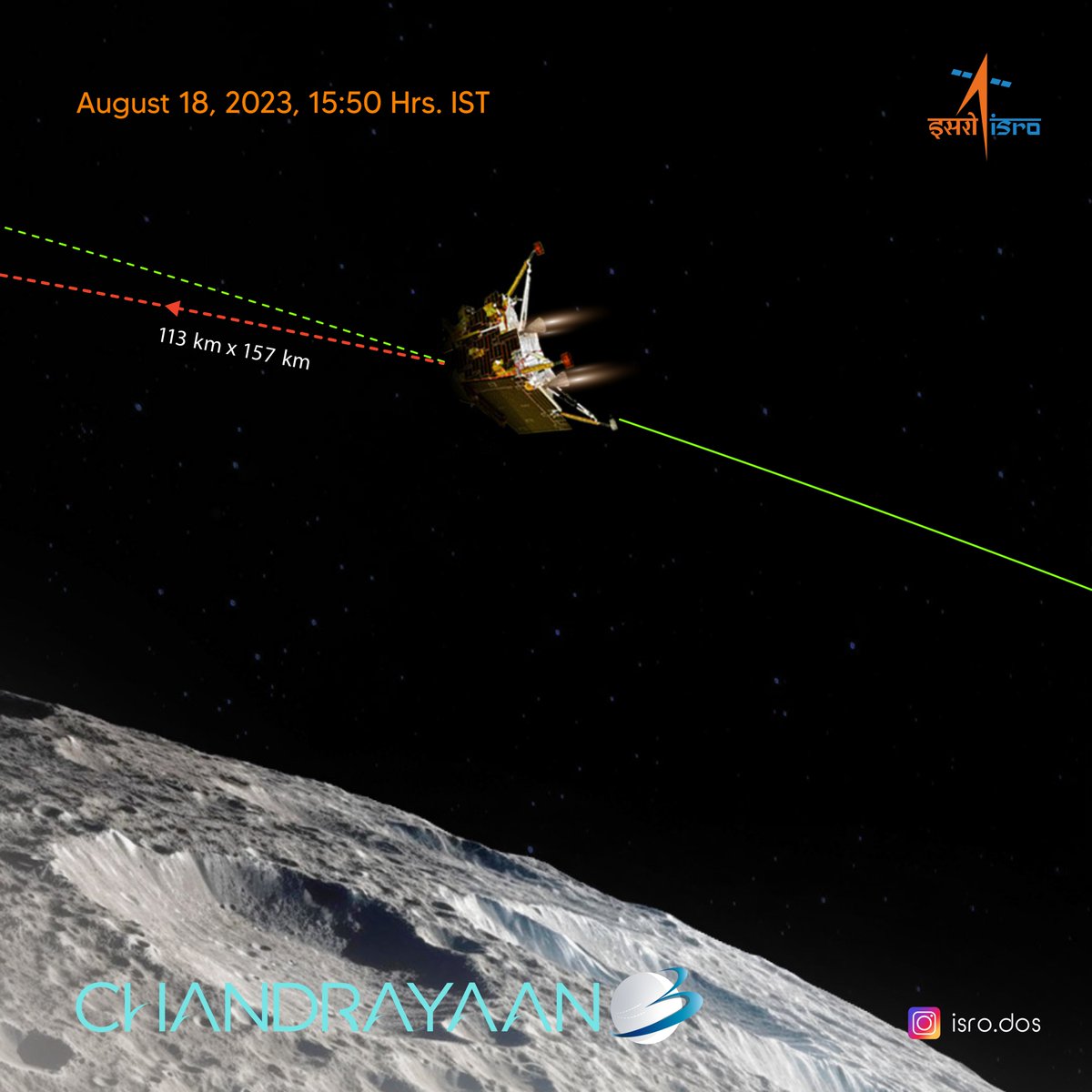
Chandrayaan 3 LIVE updates: India’s ongoing third lunar mission marked another significant advancement on Friday, moving closer to a soft landing on the Moon’s south pole planned for August 23. The Lander Module, comprising the Vikram lander and the Pragyan rover, successfully lowered its orbit to 113 km x 157 km.
A video taken by Vikram Lander’s camera on Chandrayaan-3 was published by ISRO. The pictures were taken on August 15 by the Lander Position Detection Camera (LPDC). When the LDPC was fastened to its propulsion module, the pictures were taken. Vikram Lander successfully completed its initial deboosting at this time. The second deboosting procedure is slated to take place on August 20, 2023. The last phase of ISRO’s most ambitious project, Chandrayaan-3, has been reached.
• July 6: ISRO announces Mission Chandrayaan-3 launch date of July 14 from Sriharikota’s second pad.
• July 7: Successful vehicle electrical tests completed.
• July 11: Comprehensive 24-hour ‘Launch Rehearsal’ simulating the entire launch process concludes.
• July 14: LVM3 M4 vehicle launches Chandrayaan-3 into designated orbit.
• July 15: First orbit-raising manoeuvre successful, reaching 41762 km x 173 km orbit.
• July 17: Second orbit-raising manoeuvre places Chandrayaan-3 at 41603 km x 226 km orbit.
• July 22: Fourth orbit-raising manoeuvre establishes spacecraft in 71351 km x 233 km orbit.
• July 25: Another successful orbit-raising manoeuvre.
• August 1: Chandrayaan-3 inserted into translunar orbit (288 km x 369328 km).
• August 5: Successful lunar orbit insertion (164 km x 18074 km).
• August 6: Lunar orbit lowered to 170 km x 4,313 km.
• August 9: ISRO carefully moves the spacecraft’s path lower in its orbit around the moon. It has achieved a lunar orbit of 174 km x 1437 km
• August 14: Chandrayaan-3 gets closer to the moon’s surface in another controlled bringing it in a orbit of 150 km x 177 km
• August 16: The Indian spacecraft performs the fifth and final Moon-bound manoeuvre positioning itself in a near circular Lunar orbit of 163*153 km.
• August 17: The landing module, comprising the Vikram lander and Pragyan rover, gets separated from its propulsion system.
• August 18: The Chandrayaan-3 will make the final orbit adjustment by reducing it to be around 100*30 km, the farthest and nearest point from the moon respectively.
• August 23: If everything goes well, planned lunar touchdown attempt at 5:47pm where the spacecraft will travel the last 30km distance.
Chandrayaan-3’s Lander Module successfully underwent a deboosting (slowing down) procedure that brought it closer to the Moon, according to ISRO on Friday, and its health is normal. On August 20, the second deboosting operation will be performed on the Lander Module, which includes the lander (Vikram) and the rover (Pragyan), to lower it to an orbit that brings it considerably closer to the Moon’s surface. On August 23, a gentle landing is expected in the south pole of the moon.
Chandrayaan-3 Mission:
The Lander Module (LM) health is normal.
LM successfully underwent a deboosting operation that reduced its orbit to 113 km x 157 km.
The second deboosting operation is scheduled for August 20, around 2am, said ISRO.
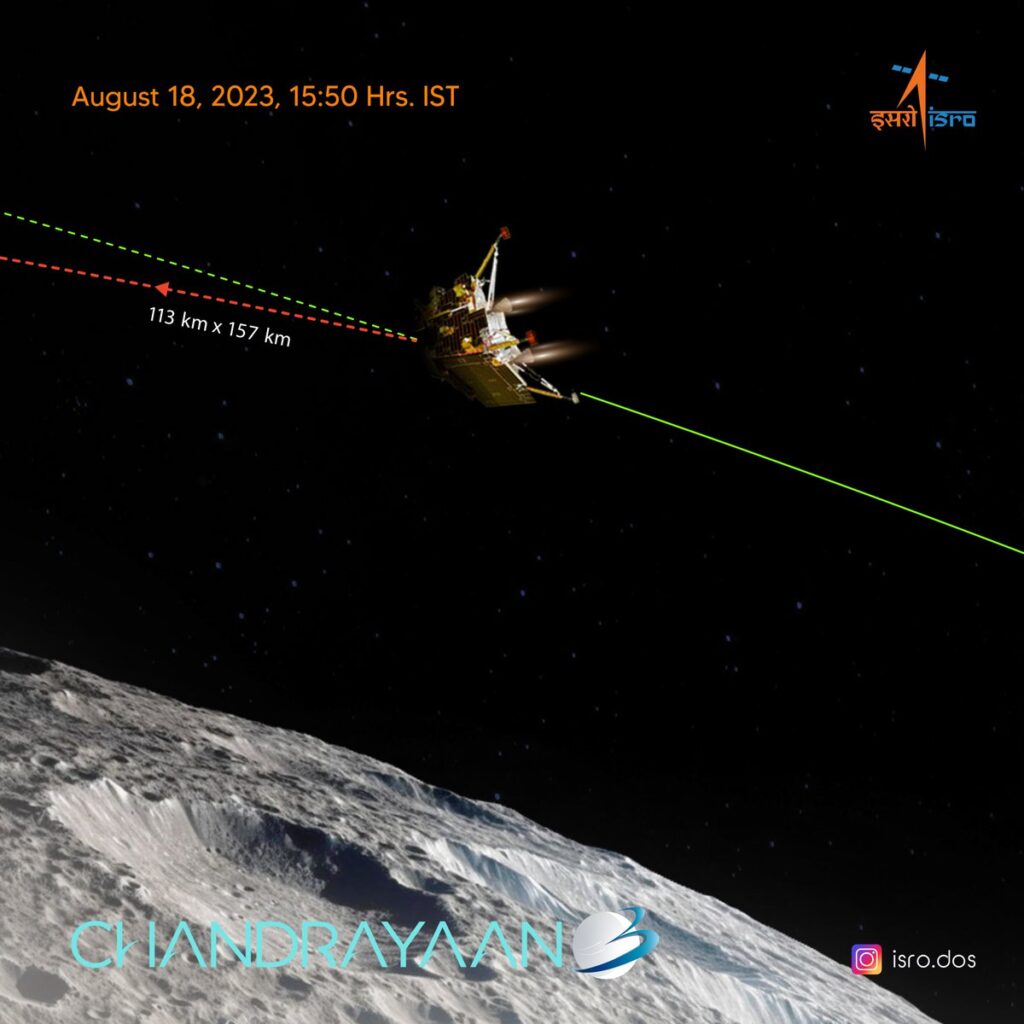
According to the Indian Space Research Organisation, or ISRO, six lunar orbiters are still in use as of July 2023.
(i) Under the Artemis effort, the two probes from NASA’s THEMIS mission, now known as Artemis P1 and Artemis P2, have been repurposed and are still in their original eccentric, low-inclination orbits.
(ii) A roughly polar, slightly elliptical course around the moon is followed by NASA’s Lunar Reconnaissance Orbiter (LRO).
(iii) Travelling in polar orbits at an altitude of 100 km are the ISRO’s Chandrayaan-2 and the Korea Pathfinder Lunar Orbiter (KPLO).
(iv) NASA’s Capstone follows a 9:2 resonant southern L2 NRHO trajectory, passing over the lunar North and South poles at an altitude of 1500–1600 km and 70,000–70,000 km, respectively.
Both the Chandrayaan-1 spacecraft from India and the Ouna spacecraft from Japan’s Kaguya/SELENE project from 2009 are no longer operational.
All of the other orbiters have either been intentionally relocated out of the moon-bound orbital regime or have intentionally landed on the moon’s surface or have struck the moon. After being launched in 2018, China’s Queqiao, a data relay satellite for the Chang’e 4 mission, changed to a halo orbit close to the Earth-Moon L2 point.
The Vikram Lander, which disengaged from the propulsion module yesterday, will:
The orientation of the spacecraft would be crucial for the Chandrayaan-3 spacecraft’s smooth landing, according to Chairperson S Somanath. Although this speed is horizontal to the surface of the moon, he claimed that the initial velocity of the landing process is close to 1.68 kilometres per second. The Chandrayaan-3 must become vertical because it is about 90 degrees slanted at this location. “The ability to transfer the spacecraft from horizontal to vertical direction is the ‘trick we have to play’ here,” ISRO chief said.
Which spacecraft—India’s Chandrayaan-3 or Russia’s Luna 25—will land on the moon first?
According to Roscosmos, following launching on August 11, the Luna 25 spacecraft would take around five days to reach the Moon. Then, it will stay in lunar orbit for around five to seven days before descending to one of three probable landing locations close to the pole, according to Reuters.
According to this scenario, the Russian mission may touch down on the lunar surface at around the same time as or just before the Indian mission.
However, Roscosmos promised that because the two missions are using different landing sites, there won’t be any interference between them. There is no risk of a collision or interference, according to the Russian Space Agency. There is enough space for everyone on the moon,” Reuters added.
Also Read: Coal Scam: Delhi Special Court Convicts former Steel Ministry official for Corruption
Catch all the Latest Business News, Breaking News Events and Latest News Updates on NewsX)

